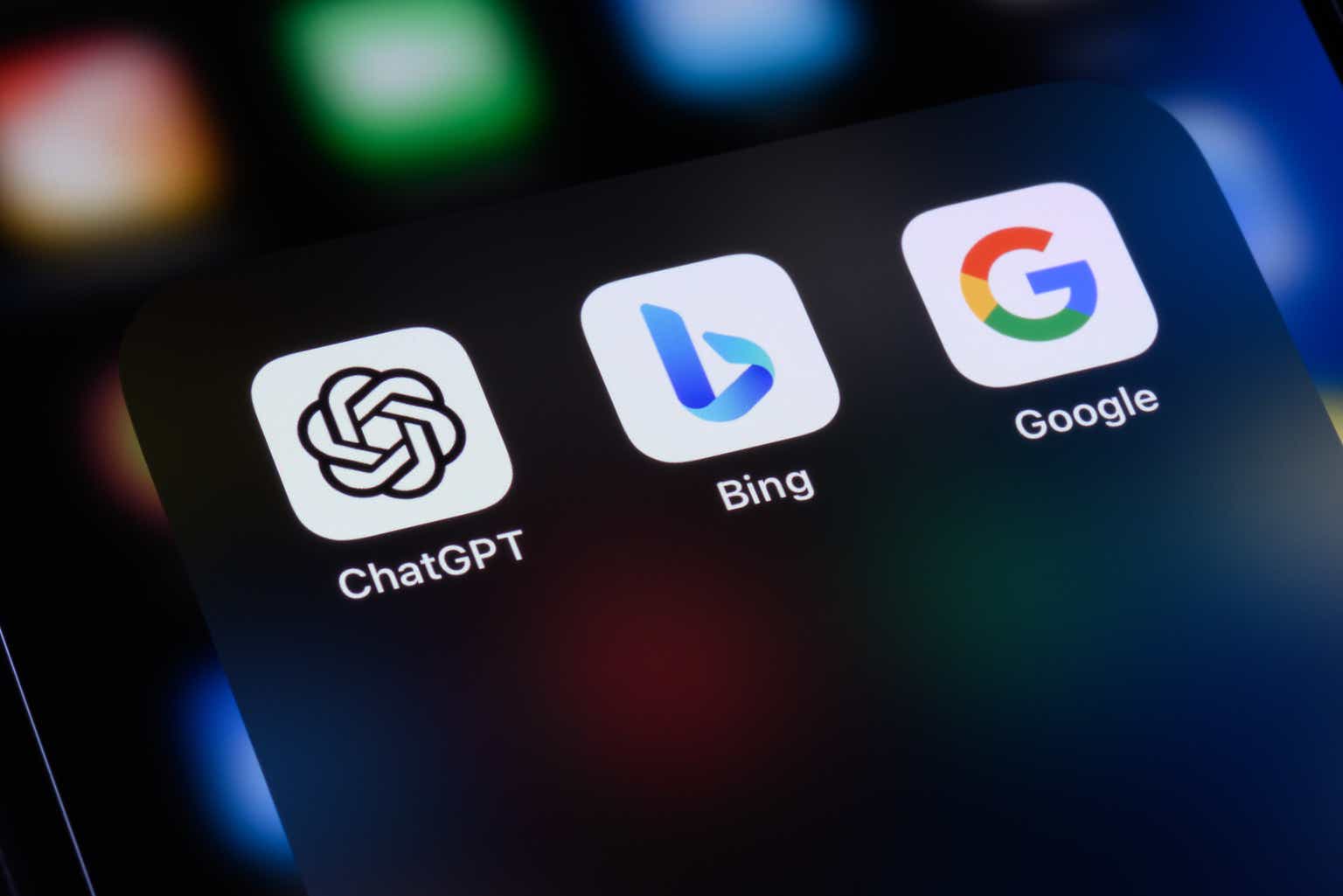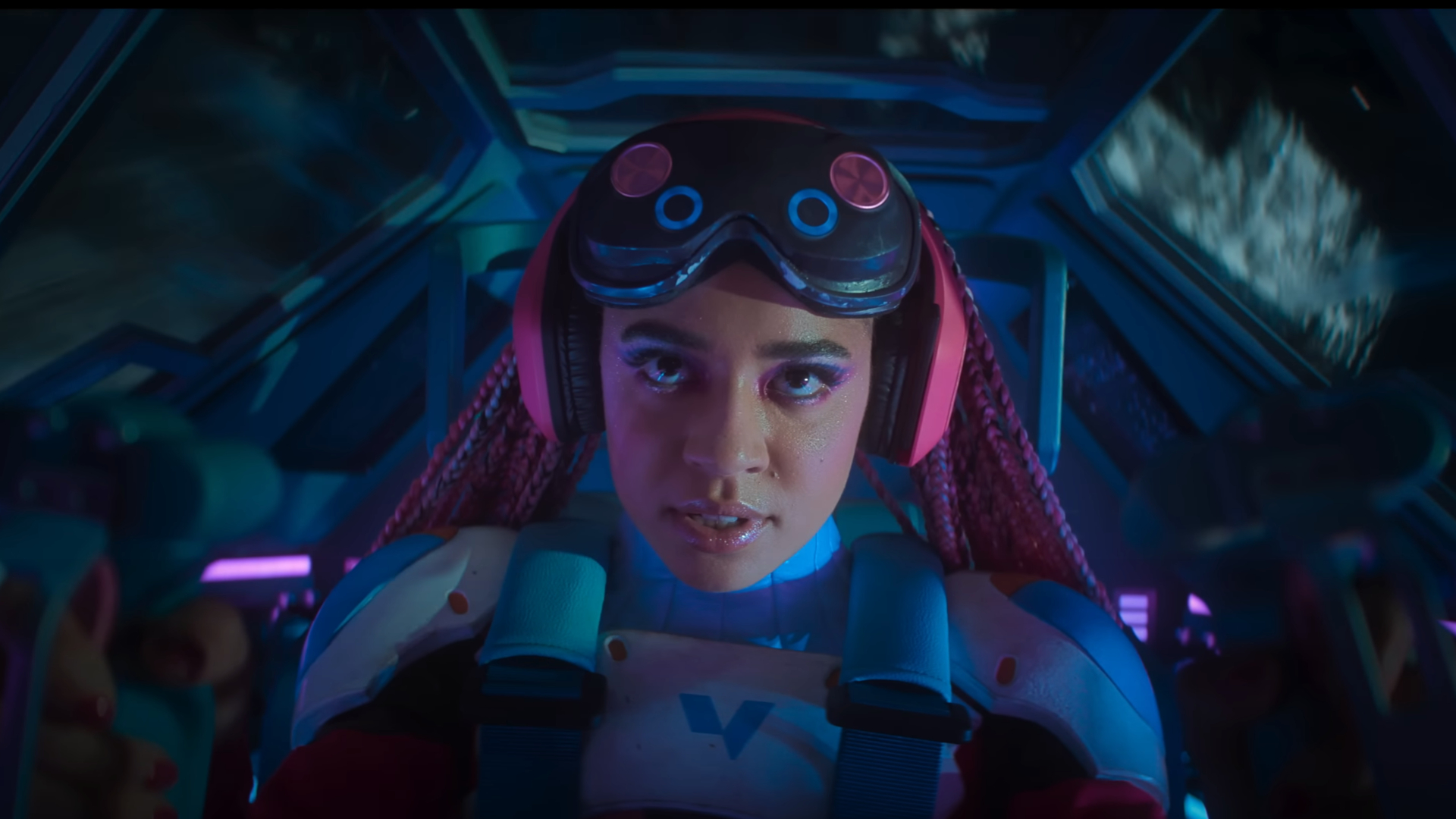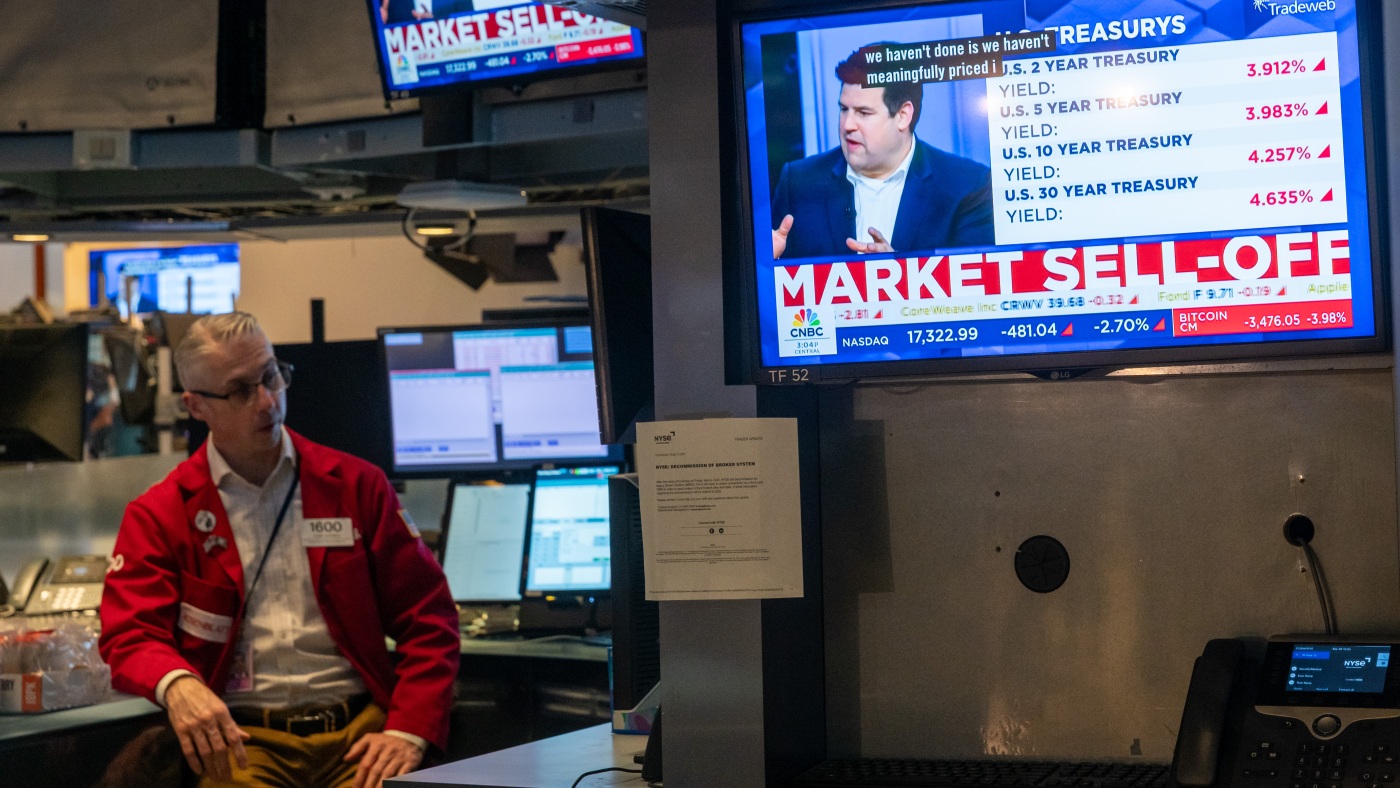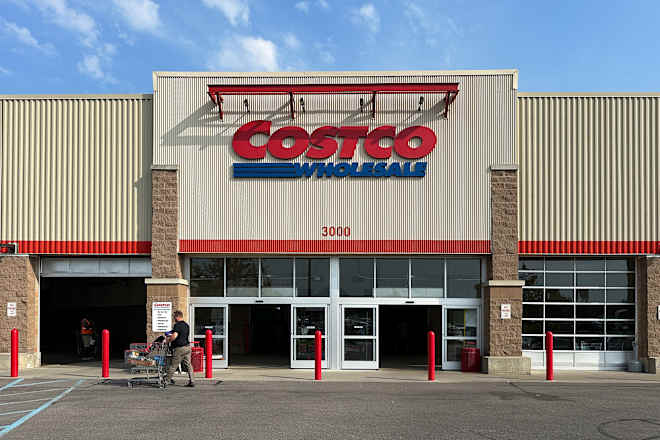"Unlock Real-Time Video Analysis with Mobile-VideoGPT's Innovative Framework!"
In a world where every second counts, the ability to analyze video content in real-time can be a game-changer for businesses and individuals alike. Have you ever found yourself sifting through hours of footage, desperately searching for that one critical moment? Or perhaps you're looking to enhance your decision-making processes with data-driven insights derived from live video feeds? Enter Mobile-VideoGPT—a revolutionary framework designed to unlock the potential of real-time video analysis like never before. This cutting-edge technology not only streamlines workflows but also empowers industries ranging from security and surveillance to sports analytics and beyond. Imagine harnessing the power of AI-driven insights at your fingertips, transforming raw visuals into actionable intelligence instantly! In this blog post, we will explore what makes Mobile-VideoGPT stand out in an increasingly competitive landscape, delve into its key features that set it apart from traditional methods, and highlight success stories showcasing its transformative impact across various sectors. Are you ready to elevate your understanding of video analysis technology? Join us as we embark on this exciting journey toward innovation! What is Mobile-VideoGPT? Mobile-VideoGPT is an innovative multimodal framework designed for efficient video understanding, specifically tailored for real-time analysis. Its dual-encoder architecture enhances performance by allowing simultaneous processing of visual and textual data, while the attention-based frame scoring mechanism ensures that critical frames are prioritized during analysis. This model excels in resource-constrained environments due to its lightweight design and optimized token projector, which reduces computational overhead without sacrificing accuracy. Key Features The standout features of Mobile-VideoGPT include its novel training strategy and implementation details that cater to various benchmarks in video understanding tasks. The model's efficiency is evident through ablation studies demonstrating superior performance compared to traditional models across diverse scenarios. By focusing on creating a balance between accuracy and operational efficiency, Mobile-VideoGPT addresses the pressing need for advanced solutions capable of handling complex video data in real time—making it a valuable asset for researchers and practitioners alike seeking effective tools for modern video analytics challenges.# Key Features of Real-Time Video Analysis Mobile-VideoGPT stands out in real-time video analysis due to its innovative dual-encoder design, which efficiently processes video data while maintaining high throughput. This architecture allows for effective attention-based frame scoring, enabling the model to prioritize relevant frames dynamically. The efficient token projector further enhances performance by optimizing resource usage, making it suitable for deployment in resource-constrained environments. Notably, Mobile-VideoGPT excels across various benchmarks compared to traditional models, demonstrating superior accuracy and efficiency in tasks such as object detection and activity recognition. Advantages of Mobile-VideoGPT The framework's lightweight nature ensures rapid processing without sacrificing quality—ideal for applications requiring immediate feedback like surveillance or autonomous driving. Additionally, the training strategy emphasizes adaptability; it can be fine-tuned with minimal resources while still achieving robust results across diverse scenarios. By focusing on developing efficient language models tailored for video understanding tasks, Mobile-VideoGPT not only addresses existing challenges but also sets a new standard in real-time analytics within multiple industries including healthcare and entertainment. How Mobile-VideoGPT Transforms Industries Mobile-VideoGPT is revolutionizing industries by providing a lightweight, multimodal framework that enhances video understanding capabilities. Its dual-encoder design and attention-based frame scoring enable real-time analysis while maintaining high throughput, making it ideal for resource-constrained environments. This innovative model addresses traditional challenges in video processing, significantly improving performance across various benchmarks. By optimizing architecture specifically for efficiency, Mobile-VideoGPT empowers sectors such as security surveillance, autonomous driving, and content creation to leverage advanced video analytics without the burden of heavy computational requirements. Key Applications Across Sectors The transformative potential of Mobile-VideoGPT extends to numerous applications including smart cities where traffic monitoring can be optimized through immediate data interpretation. In healthcare settings, it facilitates remote patient monitoring by analyzing visual data promptly. Furthermore, in entertainment and media production, its ability to process videos efficiently allows

In a world where every second counts, the ability to analyze video content in real-time can be a game-changer for businesses and individuals alike. Have you ever found yourself sifting through hours of footage, desperately searching for that one critical moment? Or perhaps you're looking to enhance your decision-making processes with data-driven insights derived from live video feeds? Enter Mobile-VideoGPT—a revolutionary framework designed to unlock the potential of real-time video analysis like never before. This cutting-edge technology not only streamlines workflows but also empowers industries ranging from security and surveillance to sports analytics and beyond. Imagine harnessing the power of AI-driven insights at your fingertips, transforming raw visuals into actionable intelligence instantly! In this blog post, we will explore what makes Mobile-VideoGPT stand out in an increasingly competitive landscape, delve into its key features that set it apart from traditional methods, and highlight success stories showcasing its transformative impact across various sectors. Are you ready to elevate your understanding of video analysis technology? Join us as we embark on this exciting journey toward innovation!
What is Mobile-VideoGPT?
Mobile-VideoGPT is an innovative multimodal framework designed for efficient video understanding, specifically tailored for real-time analysis. Its dual-encoder architecture enhances performance by allowing simultaneous processing of visual and textual data, while the attention-based frame scoring mechanism ensures that critical frames are prioritized during analysis. This model excels in resource-constrained environments due to its lightweight design and optimized token projector, which reduces computational overhead without sacrificing accuracy.
Key Features
The standout features of Mobile-VideoGPT include its novel training strategy and implementation details that cater to various benchmarks in video understanding tasks. The model's efficiency is evident through ablation studies demonstrating superior performance compared to traditional models across diverse scenarios. By focusing on creating a balance between accuracy and operational efficiency, Mobile-VideoGPT addresses the pressing need for advanced solutions capable of handling complex video data in real time—making it a valuable asset for researchers and practitioners alike seeking effective tools for modern video analytics challenges.# Key Features of Real-Time Video Analysis
Mobile-VideoGPT stands out in real-time video analysis due to its innovative dual-encoder design, which efficiently processes video data while maintaining high throughput. This architecture allows for effective attention-based frame scoring, enabling the model to prioritize relevant frames dynamically. The efficient token projector further enhances performance by optimizing resource usage, making it suitable for deployment in resource-constrained environments. Notably, Mobile-VideoGPT excels across various benchmarks compared to traditional models, demonstrating superior accuracy and efficiency in tasks such as object detection and activity recognition.
Advantages of Mobile-VideoGPT
The framework's lightweight nature ensures rapid processing without sacrificing quality—ideal for applications requiring immediate feedback like surveillance or autonomous driving. Additionally, the training strategy emphasizes adaptability; it can be fine-tuned with minimal resources while still achieving robust results across diverse scenarios. By focusing on developing efficient language models tailored for video understanding tasks, Mobile-VideoGPT not only addresses existing challenges but also sets a new standard in real-time analytics within multiple industries including healthcare and entertainment.
How Mobile-VideoGPT Transforms Industries
Mobile-VideoGPT is revolutionizing industries by providing a lightweight, multimodal framework that enhances video understanding capabilities. Its dual-encoder design and attention-based frame scoring enable real-time analysis while maintaining high throughput, making it ideal for resource-constrained environments. This innovative model addresses traditional challenges in video processing, significantly improving performance across various benchmarks. By optimizing architecture specifically for efficiency, Mobile-VideoGPT empowers sectors such as security surveillance, autonomous driving, and content creation to leverage advanced video analytics without the burden of heavy computational requirements.
Key Applications Across Sectors
The transformative potential of Mobile-VideoGPT extends to numerous applications including smart cities where traffic monitoring can be optimized through immediate data interpretation. In healthcare settings, it facilitates remote patient monitoring by analyzing visual data promptly. Furthermore, in entertainment and media production, its ability to process videos efficiently allows creators to generate content faster while ensuring quality remains uncompromised. As industries increasingly rely on real-time insights from video data, Mobile-VideoGPT stands out as a pivotal tool that bridges the gap between advanced technology and practical application across diverse fields.
Getting Started with Mobile-VideoGPT
Mobile-VideoGPT is designed for seamless integration into real-time video analysis applications. To get started, developers should familiarize themselves with its dual-encoder architecture that enhances efficiency and throughput. The model employs an attention-based frame scoring mechanism, which allows it to prioritize significant frames in a video sequence effectively. This feature is crucial for resource-constrained environments where computational power may be limited.
Implementation Steps
To implement Mobile-VideoGPT, one must first set up the necessary development environment, including dependencies such as PyTorch or TensorFlow. Following this, users can access pre-trained models available through various repositories or platforms like Hugging Face. It’s essential to understand the training strategy outlined in the paper; leveraging transfer learning can significantly enhance performance on specific tasks without extensive retraining.
Evaluating Mobile-VideoGPT involves benchmarking against established datasets tailored for video understanding tasks. Users are encouraged to conduct ablation studies to fine-tune parameters and assess how different configurations impact overall performance metrics like accuracy and processing speed. By following these steps, practitioners can harness the full potential of Mobile-VideoGPT in diverse applications ranging from surveillance systems to content creation tools.
Success Stories: Real-Life Applications
Mobile-VideoGPT has been successfully implemented across various industries, showcasing its transformative capabilities in real-time video analysis. For instance, in the security sector, organizations utilize this framework for surveillance systems that require immediate threat detection and response. The dual-encoder design allows for efficient processing of multiple camera feeds simultaneously, ensuring rapid identification of suspicious activities without compromising accuracy.
In healthcare, Mobile-VideoGPT aids in monitoring patient movements within hospitals to enhance safety protocols and streamline operations. Its optimized architecture is particularly beneficial in resource-constrained environments like rural clinics where computational power may be limited. Additionally, educational institutions leverage this technology for interactive learning experiences by analyzing student engagement through video content during lectures.
Enhanced Performance Across Benchmarks
The performance metrics of Mobile-VideoGPT have consistently outperformed traditional models on various benchmarks. By employing attention-based frame scoring techniques and an efficient token projector, it achieves high throughput while maintaining low latency—essential factors for applications requiring instant feedback or decision-making processes. These success stories not only highlight the model's versatility but also underscore its potential to revolutionize how industries approach video understanding tasks effectively and efficiently.
Future Trends in Video Analysis Technology
The landscape of video analysis technology is rapidly evolving, driven by innovations like Mobile-VideoGPT. This lightweight multimodal framework addresses the limitations of traditional models through its dual-encoder design and attention-based frame scoring, enabling real-time video understanding with high efficiency. As industries increasingly demand faster processing capabilities, Mobile-VideoGPT's optimized architecture for resource-constrained environments becomes crucial. Its ability to perform across various benchmarks demonstrates a significant leap towards achieving both accuracy and speed in video analytics.
Advancements in Domain Adaptation
Another promising trend is the integration of Semantic Library Adaptation (SemLA), which facilitates training-free domain adaptation during test time for semantic segmentation tasks. By utilizing LoRA-based adapters indexed with CLIP embeddings, SemLA dynamically merges relevant adapters based on proximity to target domains without requiring additional training data. This approach not only enhances model explainability but also ensures scalability and data privacy protection—key considerations as organizations navigate diverse datasets.
Customized Video Generation Techniques
Furthermore, frameworks like VideoMage are paving the way for customized text-to-video generation that allows users to specify subject identities and motion patterns seamlessly. The incorporation of appearance-agnostic motion learning alongside spatial-temporal composition schemes significantly improves user control over generated content while maintaining coherence across multiple subjects—a challenge previously faced by existing methods.
These advancements signal a future where video analysis technologies will be more efficient, adaptable, and user-centric than ever before.
In conclusion, Mobile-VideoGPT represents a groundbreaking advancement in real-time video analysis, offering an innovative framework that can significantly enhance various industries. Its key features empower users to harness the power of AI for immediate insights and decision-making, making it invaluable in sectors such as security, healthcare, and entertainment. The transformative potential of this technology is evident through numerous success stories showcasing its practical applications across different fields. As organizations begin to adopt Mobile-VideoGPT, they will not only streamline their operations but also gain a competitive edge by leveraging data-driven strategies. Looking ahead, we can anticipate exciting trends in video analysis technology that will further refine user experiences and expand capabilities. Embracing these advancements now positions businesses at the forefront of innovation while preparing them for future challenges in an increasingly visual world.
FAQs about Mobile-VideoGPT and Real-Time Video Analysis
1. What is Mobile-VideoGPT?
Mobile-VideoGPT is an advanced framework designed for real-time video analysis using artificial intelligence. It leverages cutting-edge machine learning algorithms to process and analyze video content on mobile devices, enabling users to gain insights from videos instantly.
2. What are the key features of real-time video analysis with Mobile-VideoGPT?
Key features include: - Instant Processing: Analyzes video streams in real time without delays. - Object Detection: Identifies and tracks objects within the video frames. - Facial Recognition: Recognizes faces for security or user engagement purposes. - Action Recognition: Detects specific actions or behaviors occurring in the footage. - User-Friendly Interface: Simplified tools that allow easy navigation and operation by non-experts.
3. How does Mobile-VideoGPT transform industries?
Mobile-VideoGPT transforms various industries by enhancing operational efficiency, improving safety measures, and providing actionable insights. For example: - In retail, it can analyze customer behavior patterns to optimize store layouts. - In healthcare, it assists in monitoring patients through remote surveillance systems.
These applications lead to better decision-making processes across sectors.
4. How can I get started with Mobile-VideoGPT?
To get started with Mobile-VideoGPT: 1. Visit the official website to download the application or SDK (Software Development Kit). 2. Follow installation instructions provided in documentation tailored for your device platform (iOS/Android). 3. Explore tutorials available online that guide you through setting up your first project using sample videos.
5. What are some future trends in video analysis technology?
Future trends include: - Increased integration of AI-driven analytics for more sophisticated data interpretation. - Enhanced privacy features ensuring compliance with regulations while analyzing personal data. - Expansion into augmented reality (AR) environments where live feedback from analyses can be overlaid onto physical spaces. This evolution will continue pushing boundaries on how we utilize visual data across multiple domains effectively.




















_Anthony_Brown_Alamy.jpg?#)






















































